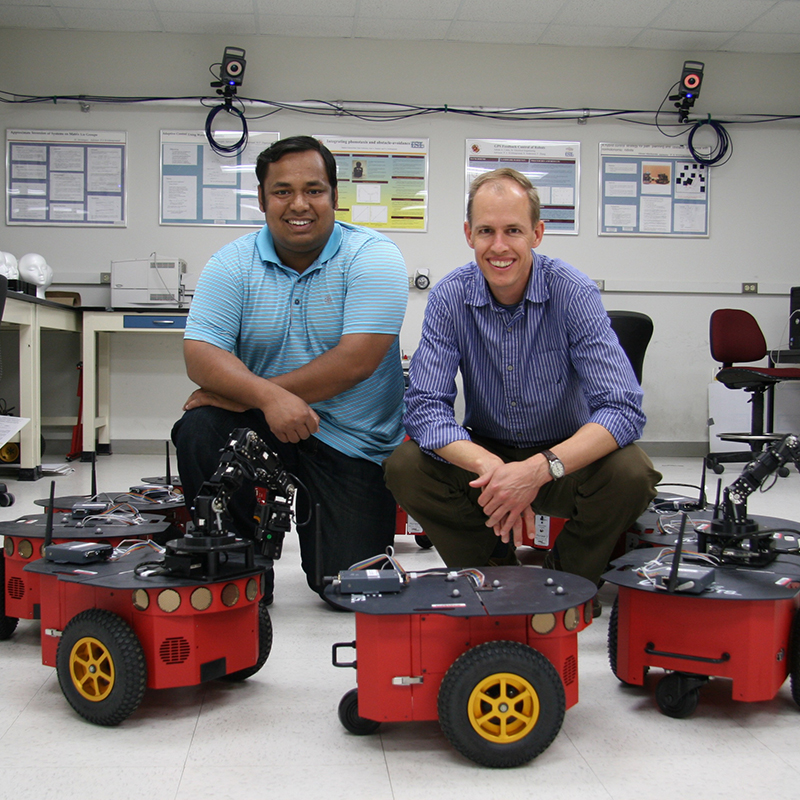Artificial Intelligence; Machine Learning; Computer Vision. Automated planning; game theory; speech recognition; data visualization; rule-based expert systems; logic programs; artificial intelligence; machine learning, computer vision.
Communications & Networks, including information theory. Algorithms and protocols for internet services over satellite; high-quality, joint source-channel coding of images; modeling, analytic and formal models for cross-layer design of wireless network; mobile ad-hoc network protocols. In addition, server queueing, the MirrorNet, masked autoencoders, and deep learning-based models for mental health. Advances in wireless networks include RIS-aided mmWave beam-forming, network slicing, multi-beam non-geostationary satellite systems, networks for connected autonomous vehicles, and next-generation networked cyber-physical systems.Work in information theory includes shared information for Markov chains, universal single-shot sampling rate distortion, quantum spherical codes, node repair for connected graphs, storage codes, binary codes, regenerating codes, and recoverable systems.
Control; Optimization; Modeling. Control theory, control systems, control methodology, optimization theory, biologically inspired control. Robotics and robotic network control, communication in networked control systems.
Energy Systems. Batteries, power electronics, renewable energy systems, energy harvesting, plug-in hybrid electric vehicles, more electric aircraft, more data-centers, pyroelectric systems, solar PV converters and other smart grid technologies
Microsystems; Nanosystems. MEMS sensors and actuators; nanofabrication materials, processes and devices; labs-on-a-chip; small-scale energy generation, storage and harvesting; microsystem medical devices and treatments; trust and security for nano-scale devices.
Neuroscience; Computational Biology. Auditory neural signal processing; brain mapping; brain development and plasticity; sensorimotor integration; neuromechanical systems; speech recognition, production and enhancement; neuromorphic-based robotics control and VLSI design; computational neuroscience; biological cell-based sensor systems; signal processing in biological systems.
Operations Research; Decision Making. General and aviation operations research; product realization; supply chain and revenue management; Markov decision processes.
Robotics and Autonomy. Autonomous systems, multirobot systems; medical robotics; miniature robotics; robotics for extreme environments; bio-inspired robotics; cognitive robotics.
Security. This area encompasses trusted security, hardware security, network security and cybersecurity. Our faculty are playing an important role in improving hardware chip security for complex systems and microelectronics. A systems perspective inspired by control and communications theory and methods has brought security to wireless networks beyond traditional cryptographic methods. Current work spans integrated security from the physical layer—hardware and signal processing—to protocols, applications and human users. ISR is highly active in cybersecurity, cyberprivacy and cyberdeception research.
Systems Engineering; Design. Model-based systems engineering methodologies; systems engineering and integration; cyber-physical systems; analysis and control of stochastic systems; discrete event and hybrid systems; network optimization and management.
Explore some of the exciting ISR research projects that have been funded in recent years.
